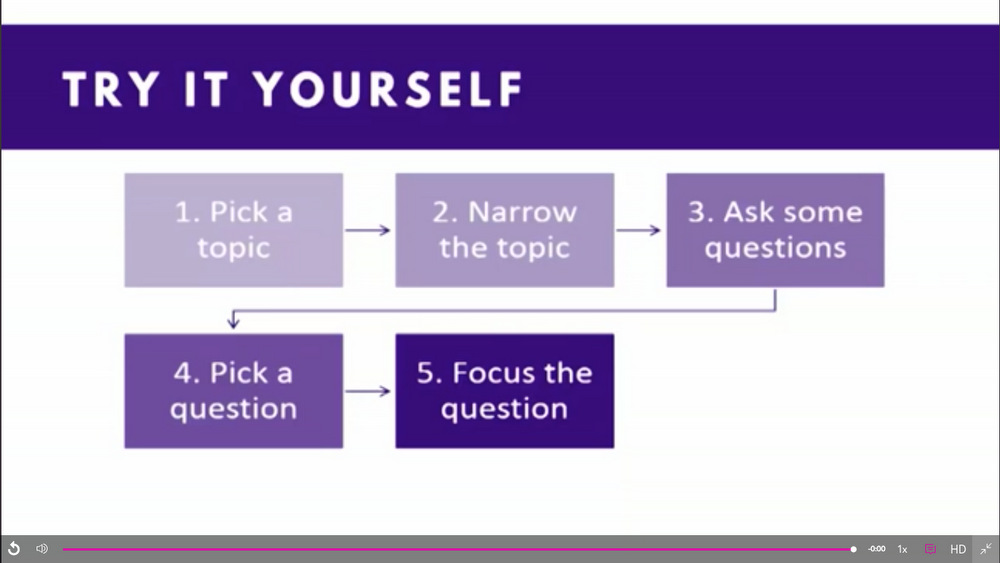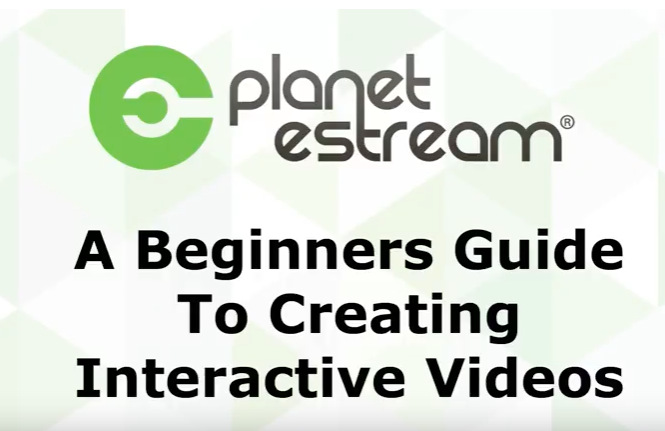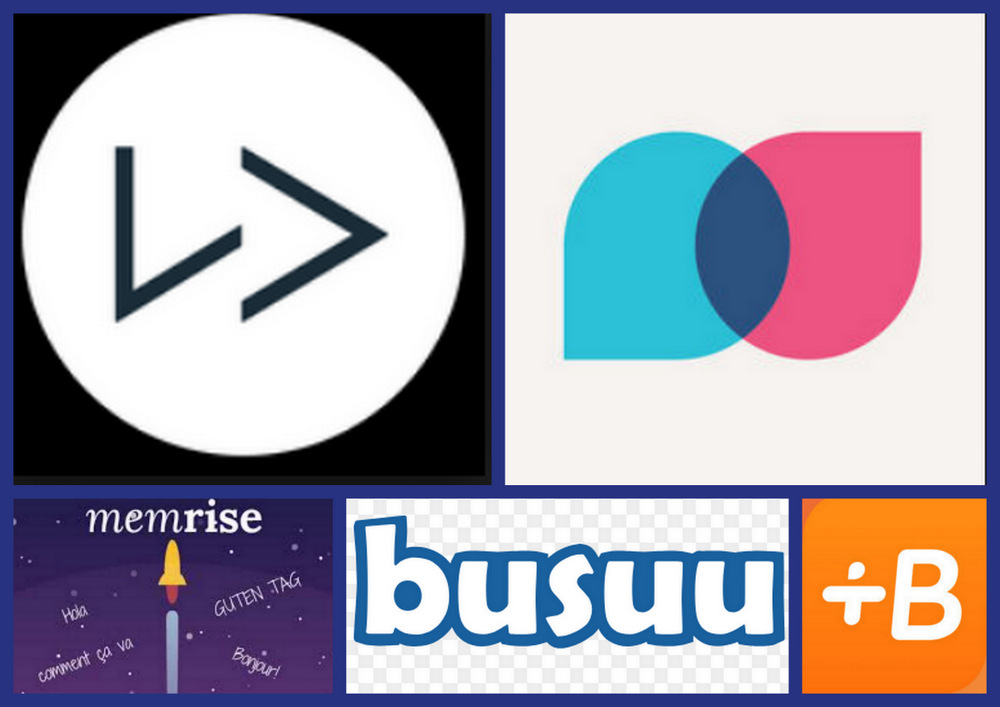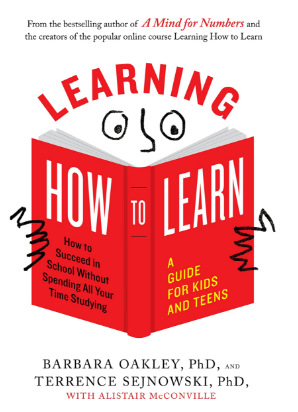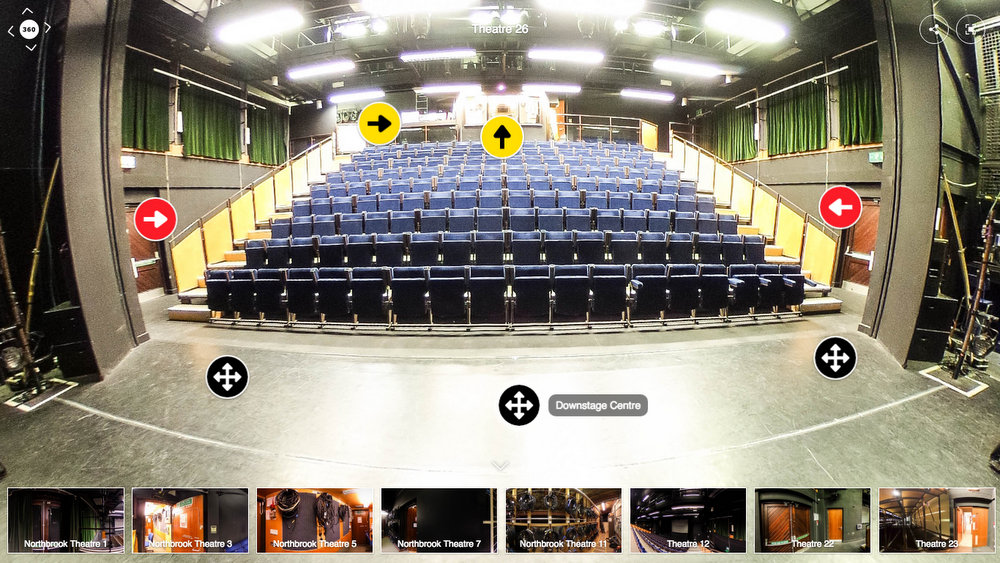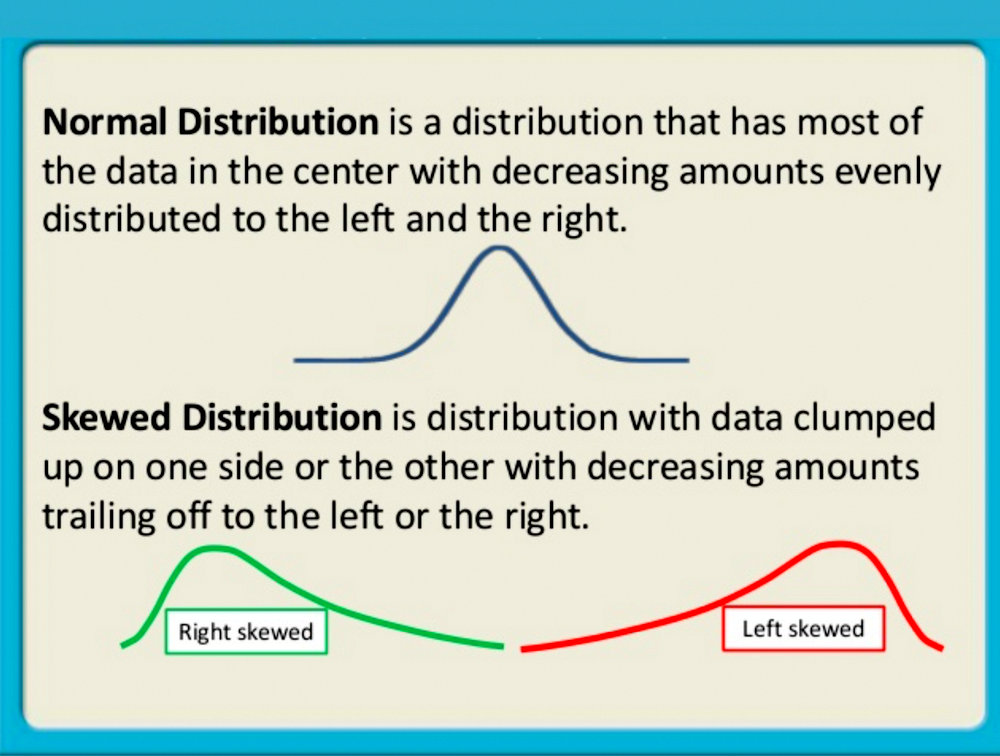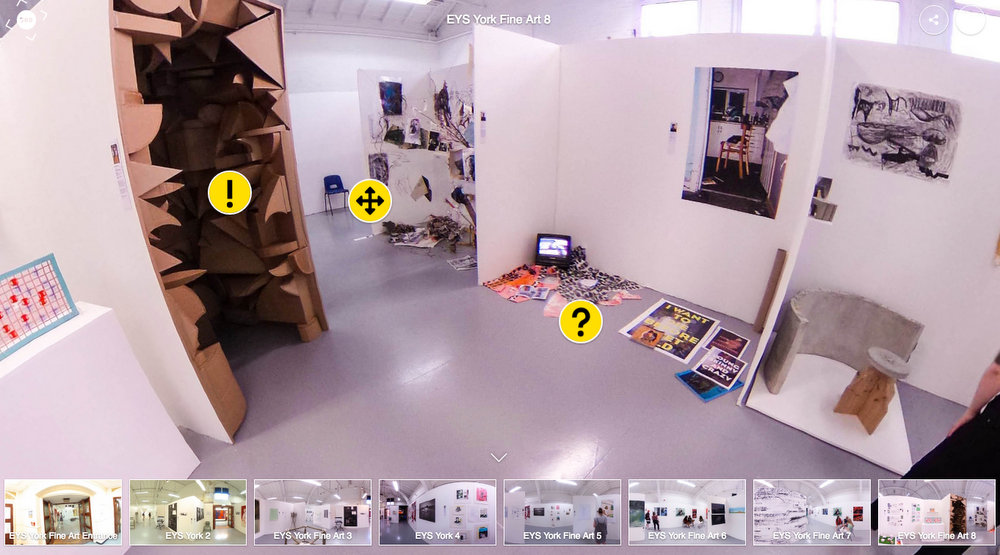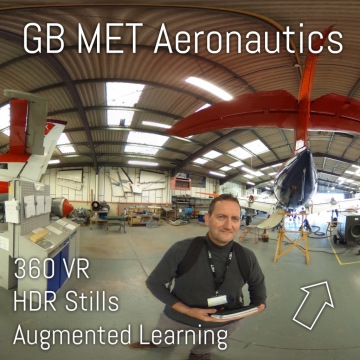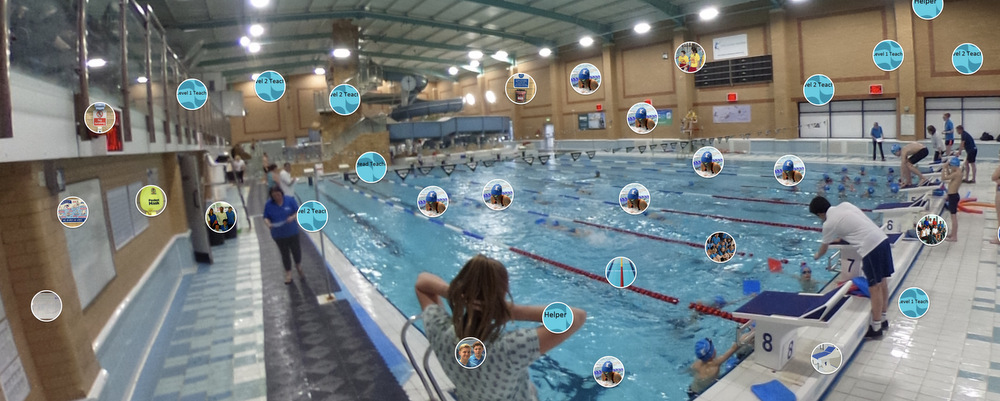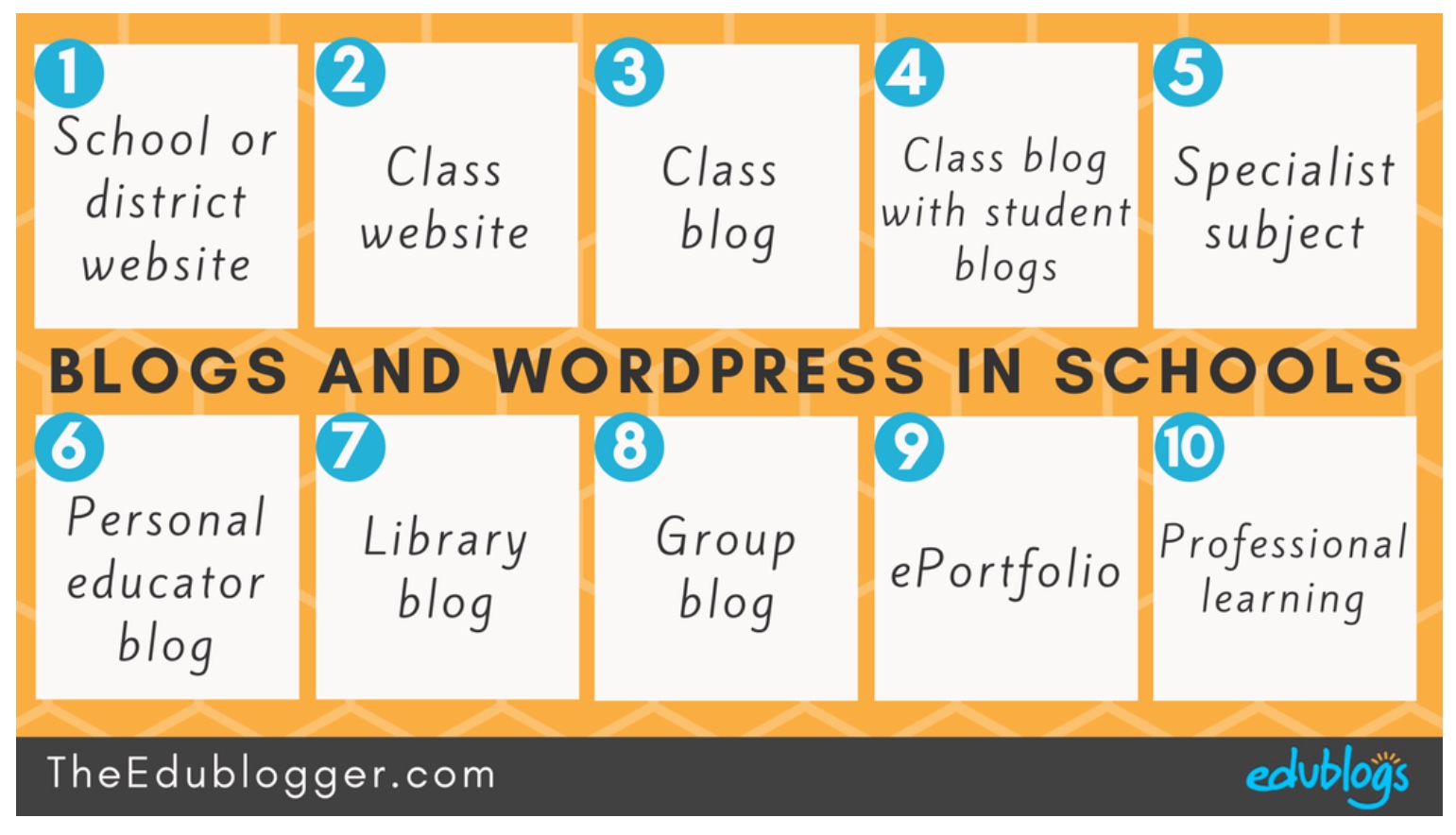From the moment I entered the classroom Tony made me feel welcome despite my unease, even embarrassment at how few people there were.
I quickly felt that two things were going to happen - I would observe and take part in the perfect classroom experience and I’d go away informed and perhaps even I inspired. Perhaps my intention to gen up on teaching practice was a wise move after all.
I wished from the start that I had been recording every word.
Though it was an informal chat before the class Tony was bubbling. When I said that I was a ‘Learning Technologist’ - an intermediary between the tutors and students supporting and introducing the use of digital software and hardware, he took the hook and ran with it while one or two more people took their seats.
I did not take adequately clear notes to understand his example of how a class had worked with wikis to work collaboratively on an answer to a task.
His tantalizing offer to help me abolish hand in dates was being put to the wrong person - I may appreciate the need to have and to create deadlines, but that’s not my role.
It became more clear when I said that I was a ‘Learning Technologist’ - describing myself as an intermediary between the tutors and students supporting and introducing the use of digital platforms and tools, from Google Classroom to Apps, VR and AR, blogs and video.
Tony took this information and ran with it for a while as one or two more people took their seats.
The introductory phase was subtle and engaging. It had me expectant. It felt to me that had I been the only person to turn up, that given both his personality and professionalism, Tony would have been utterly prepared to deliver the best class possible regardlessly. There were four of us to start with - a fifth appeared a little later.
My colleagues were from Uniformed Services (two of them), early years teaching and fashion & textiles.
We were asked about induction: what it entailed, for how long it went on and when we knew it had been done. is it complete in an afternoon or day, a week or two. Should students be up to speed by the second week? He suggested that too much of induction was box ticking.
Tony took a sideways step, literally, to introduce the metaphor of ‘crossing the carpet’ - of getting students both physically and mentally into a different place. By way of example he talked of music students who began their new college on day one reasonably diversified and very much their parents’ son or daughter who within two weeks were almost all in the uniform of black jeans and black T-shirts with a developing array of exciting hairstyles’ cuts and colours. They had both physically and mentally changed. It is the phrase ‘changing behaviours’ that was like a new ABBA tune to my ears. I have done, and bought into the theory of education and can equate to it personally in relation to the CBT I have done.
Tony concluded this part of the session by praising the Newcastle College which ran an eight week extended induction that expected students to been on board by the first week after half-term.
The vital lesson to be understood from this is that preparing students for study pays dividends rather than rushing in to deliver course content.
The four teachers amongst the five of us were asked how much time they spent helping students who got behind and marking assessments. From his experience, not countered by the group, 5-7 hours a week could be spent one to one helping those who were getting behind and far much more time spent marking homework. Much to my embarrassment he said that I (the learning technologist) was the answer to this problem and could therefore give them back some of the invaluable contact time with the students. (Have I understood that and expressed it correctly?)
Crafting evidence-based opinion
We did three exercises and with each one improved our skills and confidence at writing an evidence-based sentence. The technique taught was to use four-colours to identify the required components. The object of the sentence, or ‘vocational term’ was blue. The evaluation of the object, or judgement is red. The detail and opinion is in green. The clincher (as I would put it) or ‘impact’ is purple.
To undertake this series of exercises, each carefully crafted and scaffolded, we began by viewing and reviewing an ancient and somewhat laughable video of The Beach Boys singing ‘I Get Around’. We then had to complete a ‘fill in the blanks’ exercise where the kind of word we would use was denoted by a line in one of the above colours whilst selecting from an appropriate word from a list.
In first exercise (of three) we had to consider the audio performance.
I came up with:
The close harmony is excellent, the vocal intonation is perfect and the use of vocal double tracking creates a rich wash of sound that adds an exciting exuberance to the audio performance.
In the second exercise, cranking up the opportunity to be more judgemental, we had to consider the visual performance. Once again we had a set of vocational terms, judgement words, opinion and impact words.
I came up with:
The visual performance is however embarrassingly poor. The blocking and staging of the shots make the individual performances appear self-conscious and embarrassing. Discrepancies in foot tapping and the out of phase bouncing of the individual performers spoils the sense of a United groove. This is made comical by the bouncing of the vehicle on which two of the performers are sitting.
For the final exercise we turned the page and we faced with the scary emptiness of a large blank space without only part of the scaffolding we had had before. We had what was described as a resource to use or ignore : a set of words denoted by colour.
We were asked how we felt going into this exercise and were prompted with ‘scary’. Perhaps we should have been prompted to speak up and use the very technique being taught. I jotted down. ‘Thrilled - like stepping out onto a football pitch to play a game after ha,f an hour of practice’. Though the actual image that came to mind was more about prepping for some theatrical improvisation and then stepping up onto the stage.
We were the asked to review Massbetelnut’s version of ‘i get around’. This very quickly had us all splitting our sides with laughter.
I wrote:
The band performed like bees caught in a beer glass. The performances were individually and collectively ridiculous - more like a Monty-Python sketch. The re-imagined sound dub was ingeniously crafted to reduce all those watching it to tears of asthmatic laughter.

